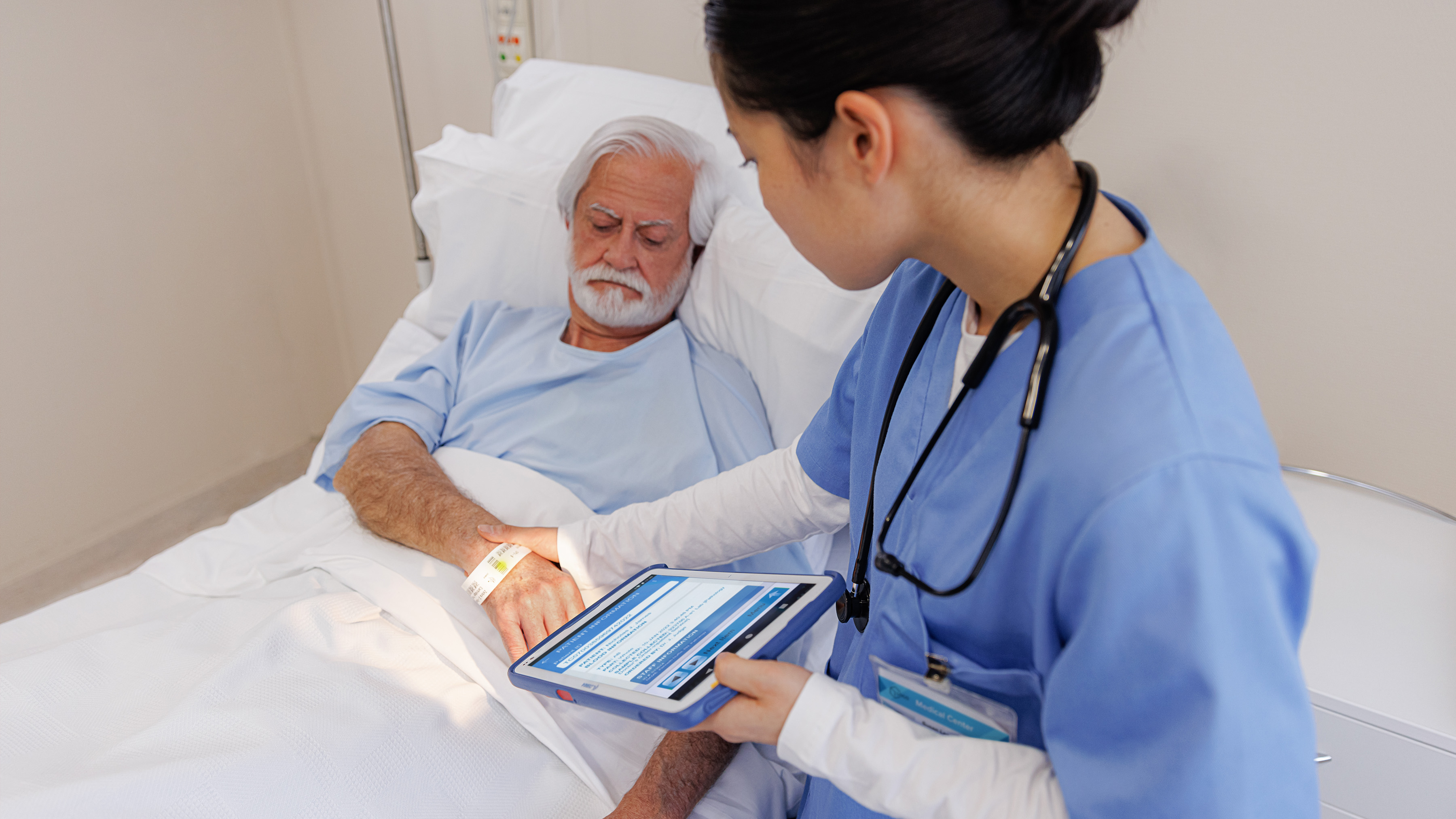A Comprehensive Guide on Exactly How Health Care RCM Works to Improve Billing and Collections
Navigating the intricacies of healthcare income cycle monitoring (RCM) is essential for service providers intending to enhance their payment and collections processes. The overview unpacks the intricacies of RCM, from patient registration to balance dues administration, offering understandings right into enhancing each step. Incorporating advanced technology and standardized treatments can dramatically lower case denials and accelerate repayment cycles. Yet, truth obstacle lies in seamlessly merging these elements to enhance money circulation. As we explore the core parts and methods that drive performance, one concern stays: exactly how can medical care entities finest setting themselves to thrive monetarily in an ever-evolving industry?
Recognizing Income Cycle Administration
RCM is a vital administrative function that incorporates the whole economic procedure of person care, from the preliminary consultation setting to the final repayment of the equilibrium. It is an intricate procedure created to recognize, gather, and handle the income from the services supplied to patients.
The RCM procedure begins when a patient timetables a visit and prolongs with the patient's care journey, including invoicing and collections. A vital goal is to minimize the time in between supplying a service and obtaining settlement, therefore boosting the organization's economic health and wellness. RCM involves different features such as individual enrollment, insurance policy verification, charge capture, coding, declares entry, payment uploading, and managing charms and denials.
Secret Elements of RCM
In the realm of Earnings Cycle Monitoring (RCM), understanding its key components is essential to accomplishing economic performance within health care companies. RCM is a comprehensive process that incorporates various stages, each critical to making sure reliable billing and collections. The main components consist of client registration, insurance verification, fee capture, coding, insurance claim entry, payment posting, and balance due monitoring.


When coded, cases are submitted to payers, where accuracy is extremely important to avoid delays or beings rejected - Healthcare RCM. Payment uploading entails taping the obtained payments, which permits the reconciliation of accounts. Finally, balance dues management concentrates on monitoring and addressing unpaid insurance claims, making sure timely follow-up and resolution
Each element of RCM is interconnected, and inefficiencies in any part can disrupt the entire cycle. As a result, understanding these components is crucial for medical care service providers to optimize income and improve their financial wellness.
Strategies for Effective Payment

Standardizing billing procedures throughout the company is another vital approach. Developing clear guidelines for paperwork, coding, and submission helps maintain uniformity and compliance with regulatory demands. Educating team regularly on these treatments makes certain every person is current with the current modifications in billing codes and payer plans.
Exact charge capture is important in avoiding revenue leakage. Executing regular audits and surveillance systems enables the identification and correction of disparities before they impact profits. In addition, preserving open lines of interaction with payers assists to rapidly fix any disagreements or misconceptions that may develop.

Finally, appealing people early in the billing procedure by giving clear quotes and instructional products regarding their monetary responsibilities can significantly minimize confusion and improve settlement timeliness. These approaches jointly contribute to a much more efficient and monetarily healthy billing system.
Enhancing Collections Processes
A robust collections procedure is crucial for maintaining economic stability within medical care companies. Provided the complexities of medical billing and the variety of payer requirements, boosting the collections procedure entails applying tactical actions that make certain timely and exact payment of solutions provided. Central to this is the use of innovation to automate and simplify procedures, improving and minimizing hand-operated errors performance. Automation tools can help in tracking insurance claim standings, sending out timely pointers to clients, and managing denials extra successfully.
Educating staff to recognize the nuances of insurance coverage and billing codes is similarly crucial. This knowledge equips them to attend to invoicing Visit Website inconsistencies swiftly and communicate successfully with clients concerning their economic responsibilities. In addition, clear and clear individual interactions are essential. Providing detailed explanations of costs and offering versatile payment strategies can increase patient complete satisfaction and punctual settlements.
Normal audits of the collections process must be performed to identify locations for enhancement and guarantee compliance with regulations. By analyzing data, medical care organizations can determine trends, prepare for possible problems, and adapt approaches accordingly (Healthcare RCM). Inevitably, a well-enhanced collections procedure not just sustains financial health but likewise adds to a much more seamless experience for patients and staff alike
Optimizing Income Streams
Building upon the structure of a solid collections process, medical care organizations can even more reinforce their economic stability by purposefully maximizing income streams. This involves a multi-faceted method, beginning with a detailed analysis of existing earnings sources to identify inefficiencies and areas for growth. Utilizing advanced data analytics tools enables companies to gain insights right into payer mix, person demographics, and service application patterns, allowing for data-driven decisions that enhance income capture.
Executing automated payment systems can significantly reduce errors and quicken claims processing, guaranteeing that revenue is collected extra effectively. Moreover, enhancing payer contracts with routine settlements can improve Continued compensation prices and terms, directly affecting the bottom line. Branching out service offerings, such as incorporating telehealth or health care, can also attract a wider patient base, hence raising income capacity.
One more critical element is enhancing client involvement and complete satisfaction, as satisfied people are more probable to stick to therapy plans and make timely settlements. Offering versatile settlement choices and clear billing methods can improve collections and foster person commitment. Healthcare RCM. By embracing these strategies, health care companies can create a much more durable economic structure, guaranteeing continual development and stability in an ever-changing industry landscape
Verdict
Finally, health care Revenue Cycle Administration (RCM) plays an essential function in optimizing billing and collections procedures by integrating essential parts such as client enrollment, insurance confirmation, charge capture, coding, declares submission, and receivable management. By using innovative innovation, systematizing treatments, and fostering client engagement, healthcare service providers can significantly lower claim denials, accelerate settlement cycles, and enhance capital. This detailed approach to RCM ultimately leads to improved financial effectiveness and sustainability for medical care organizations.
The RCM procedure begins when an individual timetables an appointment and prolongs through the client's care journey, consisting of billing and collections.An additional critical part is boosting client interaction and fulfillment, as satisfied people are much more most likely to adhere to treatment plans and make timely payments. Offering versatile settlement choices and clear billing practices can improve collections and foster patient loyalty.In verdict, health care Profits Cycle click Monitoring (RCM) plays an important duty in optimizing invoicing and collections processes by incorporating key components such as patient registration, insurance coverage confirmation, fee capture, coding, declares entry, and accounts receivable management. By utilizing sophisticated technology, standardizing treatments, and promoting person interaction, medical care service providers can dramatically minimize claim denials, accelerate repayment cycles, and boost cash money flow.